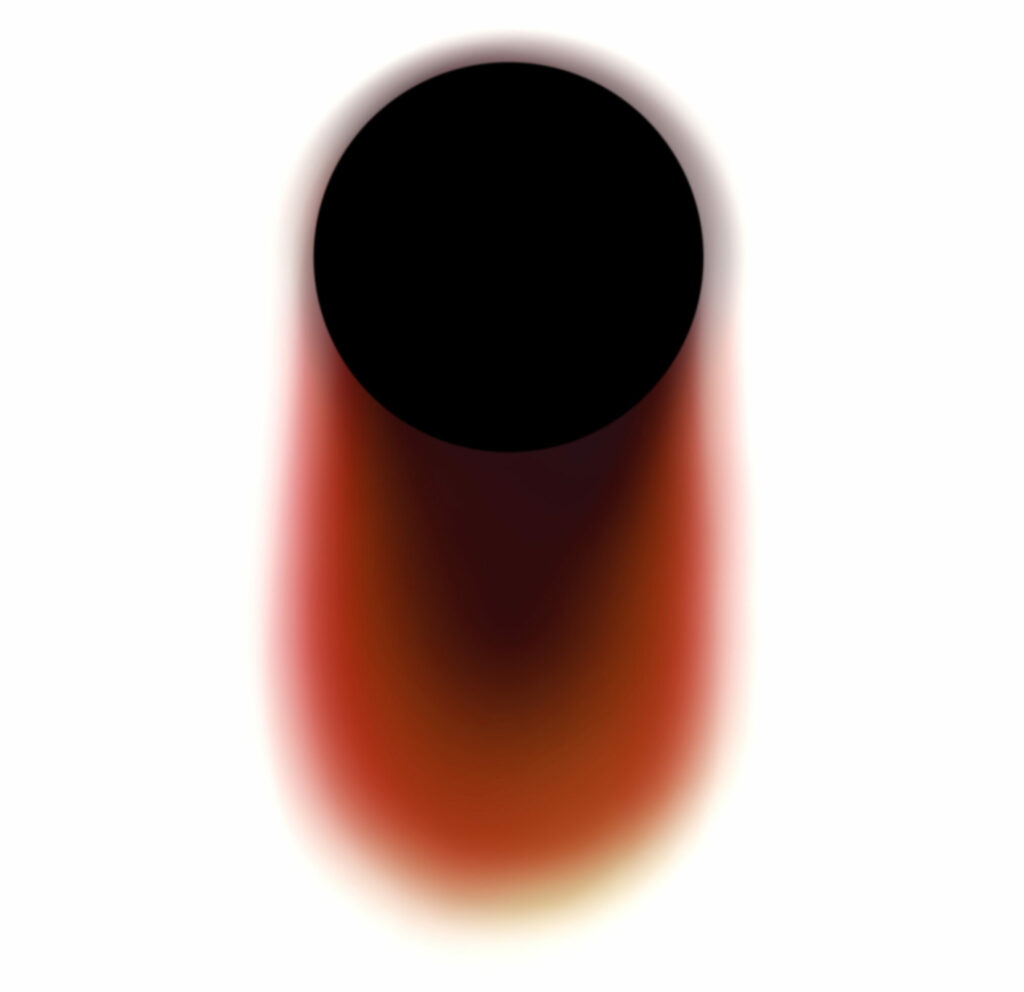Sablé Thin
Sablé ExtraLight
Sablé Light
Sablé Regular
Sablé Medium
Sablé Bold
Sablé Black
Sablé Thin Italic
Sablé ExtraLight Italic
Sablé Light Italic
Sablé Regular Italic
Sablé Medium Italic
Sablé Bold Italic
Sablé Black Italic


Glyphset
Uppercase
Lowercase
Stylistics Alternates
Ligatures
Symbols
Arrows
Currency
Punctuation
Mathematical Symbols
Case Sensitive
Numbers
Old Style Figures
Tabular Figures
Tabular Old Style Figures
Fractions
Numerators/Denominators
Accented Uppercase
Accented Lowercase
Circled
White Circle Numbers
White Circle Letters
Black Circle Numbers
Black Circle Letters
360 languages supported
Galician, Finnish, Achinese, Vidunda, Kaingang, Latgalian, Kalenjin, Luguru, Ndonga, Javanese, Uab Meto, Alekano, Wallisian, Yucateco, Makhuwa-Meetto, Buginese, Mandinka, Comorian, Ngazidja, Morisyen, Rigwe, Anaang, Toposa, Ngindo, Ndamba, Norwegian, Sangu, Shilluk, Madurese, Bapuku, Scottish Gaelic, Luvale, Awak, Nyemba, Interlingua, Okiek, Ao Naga, Rombo, Palauan, Jola-Fonyi, Gagauz, Bikol, Tedaga, Muslim Tat, Latin, Kirmanjki, Tongan, Delaware, Meru, Aleut, Ahtna, Zayse, Shona, Zigula, Mexican Mam, Oromo, Kamuku, Czech, Mohawk, Tswana, Bench, Koyra Chiini, Afrikaans, Crioulo, Upper Guinea, Somali, Sukuma, Faroese, Lithuanian, Kaonde, Sango, Sheko, Aragonese, Masaaba, Kurdish (Latin), Pökoot, Neapolitan, Wayuu, Silesian, Ikwo, Afar, Reshe, Filipino, Võro, Chuukese, Kituba, Mündü, Dikaka, Romansh, Zarma, Kimbundu, Vunjo, Warlpiri, Hanga, Norwegian Nynorsk, Bangwinji, Ndau, Pogolo, Occitan, Quechua, Bena, Gamo, Igbo, Mwani, Malay (Latin), Gbaya, Sudan, Omaha-Ponca, Nyoro, Romanian, Machame, Ligurian, Alago, Bosnian, Tiv, Nupe-Nupe-Tako, Turkmen (Latin), Veps, Yao, Ronga, Hadiyya, Innu, Picard, Talinga-Bwisi, Fijian, Maltese, Kutu, Fuliiru, Luba-Lulua, Tok Pisin, North Ndebele, Hiligaynon, Samoan, Walser, Sãotomense, Sandawe, Minangkabau, Lunda, Basque, Igede, Soninke, Welsh, Gheg Albanian, Balinese, Cornish, Tokelau, Gofa, Kabuverdianu, Northern Sami, Taita, Latvian, Tedim Chin, Upper Sorbian, Mambila, Nigeria, Wolaytta (Latin), Makonde, Portuguese, Lango, Uganda, Norwegian Bokmål, Estonian, Luo, Umbundu, Slovenian, Irish, Acoli, Niuean, Rinconada Bikol, Asturian, Sudanese Arabic, Takwane, Indonesian, Makhuwa, Tuvalu, Uyghur (Latin), Papiamento, Cahungwarya, Lamba, Sidamo, Soga, Benga, Kashubian, Sardinian, Ngulu, Chiga, Slovak, Rundi, Nyankole, Bari, Novial, Spanish, Iraqw, Sranan Tongo, Punu, Banda, West Central, Bini, Kalanga, Tsuvadi, Koyraboro Senni, Gilbertese, Breton, Hungarian, Rendille, Lokaa, Southern Sami, Aromanian, Arabic, Chadian Spoken, Tetum, Bilen, Pohnpeian, Esperanto, Swahili, Seselwa Creole French, Bemba, Swiss German, Maori, Piedmontese, Lomwe, Nyanja, Nyasa Tonga, Khasi, Tooro, Aymara, Otuho, Bislama, Croatian, Sena, Walloon, Konjo, Bedawiyet, Zaghawa, Low German, Siksika, Rarotongan, German, Hawaiian, Samburu, Gwichʼin, Kamba, Xavánte, Efik, Kuanyama, Lower Sorbian, Tahitian, Batak Toba, Inari Sami, Tsamai, Luwo, Nara, Rwa, Chiduruma, Réunion Creole French, Mirandese, Dawro, Ndogo, Didinga, Iloko, Manyika, Yasa, Venetian, Saho, Asu, Seri, Adara, Tonga, Talysh (Latin), Western Frisian, Luxembourgish, Malagasy, Albanian, Northern Sotho, Ivbie North-Okpela-Arhe, Zulu, Shambala, Wolof, Sassarese Sardinian, Kʼicheʼ, Lombard, Hmong, Lozi, Pampanga, Kalaallisut, Uzbek, Gusii, West Albay Bikol, C’Lela, Haitian Creole, Kunama, Xhosa, Swedish, Sapiny, English, Gourmanchéma, Lule Sami, Suba, Izere, Mankanya, Ika, Danish, Polish, South Ndebele, Colognian, ut-Ma’in, Ganda, Zuni, Southern Sotho, Icelandic, Chamorro, Zaza, Hyam, Longuda, Tasawaq, Volapük, Wendat, Kikuyu, Jamaican Creole English, Tsakhur (Latin), Cebuano, Pangu, Manx, Swati, Muscogee, Ogbah, Scots, Turkish, Tula, Ezaa, Kombe, Azerbaijani, Corsican, Italian, Mapuche, Sicilian, Swahili, Congo, Latin, Biali, Gyele, Serbian (Latin), Kinyarwanda, Kuria, Lamnso’, Tumbuka, Tsonga, Mandjak, Chimborazo Highland Quichua, Lele, Xaasongaxango, Waray, French, Luyia, Sundanese, Embu, Karelian, Kongo, Hopi, Bokobaru, Friulian, Kwere, Gawwada, Zande, Vietnamese, Catalan, Yapese, Chokwe, Harari
1040 glyphs
Sablé Thin
Sablé Thin Italic
Sablé ExtraLight
Sablé ExtraLight Italic
Sablé Light
Sablé Light Italic
Sablé Regular
Sablé Regular Italic
Sablé Medium
Sablé Medium Italic
Sablé Bold
Sablé Bold Italic
Sablé Black
Sablé Black Italic
OpenType features
About Sablé
Introducing Sablé family, a dynamic slab serif typeface that embraces a rebellious and unconventional spirit. This modern geometric font challenges traditional design norms with its high contrast and assertive presence. The distinctive aspect of Sablé lies in its bolder style, where the serifs defiantly touch and the glyphs are intentionally almost closed, creating a raw and edgy aesthetic. It embraces its high contrasted aspect, flipping the bird to elegance and sophistication, opting instead for a gritty and in-your-face attitude.
To add to its versatility, Sablé offers Opentype features, including stylistic sets for alternate “a,” “s,” and “g” characters, allowing designers to experiment with different typographic styles and infuse their work with a rebellious flair.
Overall, Sablé is a bold and rebellious typeface that breaks the mold of elegance and sophistication, offering a distinctive and edgy visual language for design projects that demand a daring and unconventional approach.
Designer
Bastien Sozeau
Released
2023 — V.02 update 2025
Styles
Available in 7 weights Thin, Extra Light, Light, Regular, Medium, Bold, Black
Purchase Sablé
15,00€